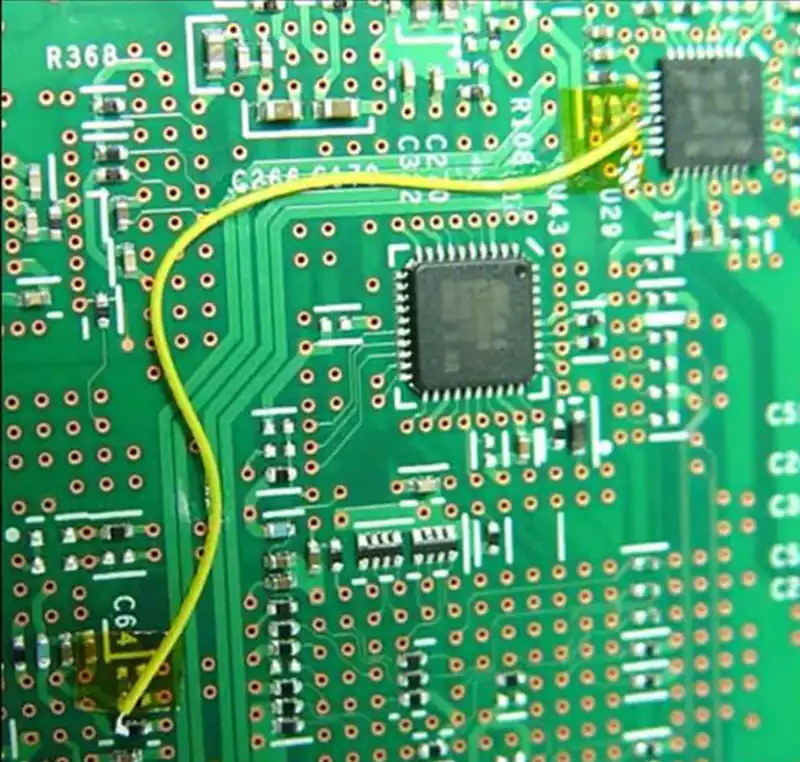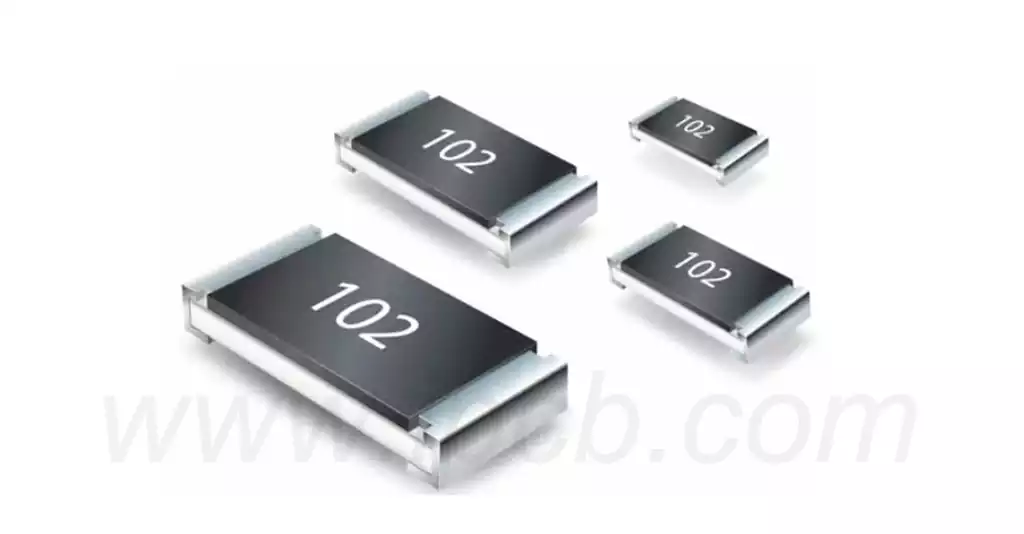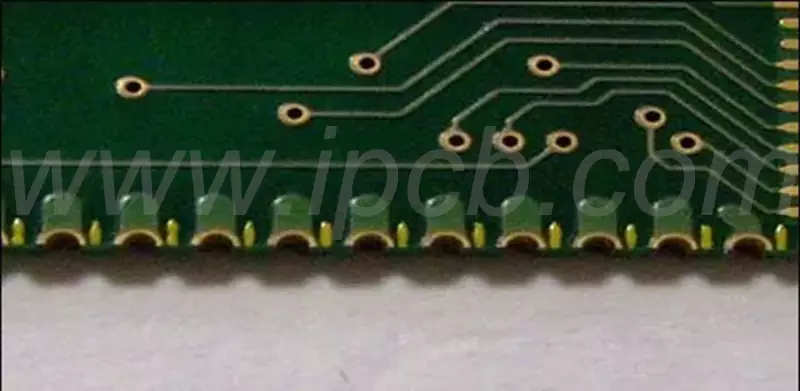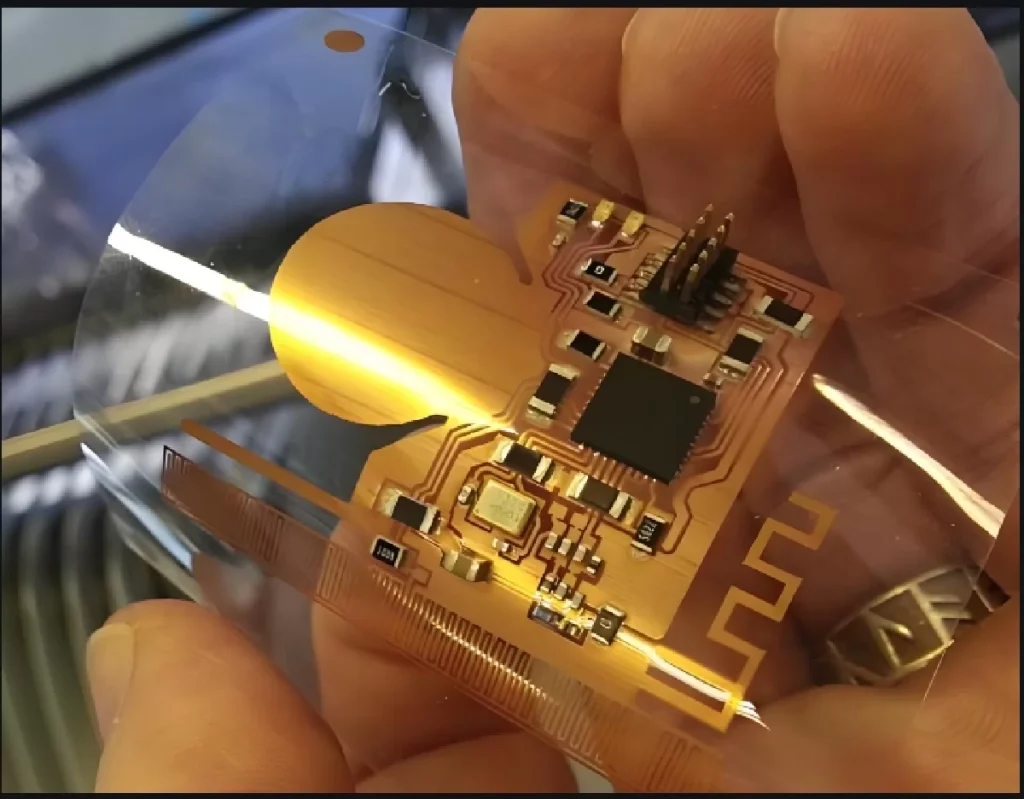Energy Management Board is a device used for managing and controlling power supplies, also known as a power controller, which provides control over the current required by all components in the power supply. The power output, current, and voltage stability of the power supply are directly affected by the Energy Management Board.
The Energy Management Board plays a critical role in various electronic devices and systems. The Energy Management Board can monitor and adjust parameters such as current, voltage, and power to ensure the normal operation and stable power supply of the power supply. It has multiple functions and features, which can protect the power supply from the effects of overload and short circuit faults, as well as achieve precise power control and management.
What is Energy Management Board?
Energy Management Board is an integrated circuit board (PCB) used to manage and control the operating status and output parameters of a power supply. It usually consists of a main control chip, sensors, switch components, and connection interfaces. By connecting to power sources and other electronic devices, the Energy Management Board is able to monitor and control the input and output of power sources to meet the operational needs of the equipment.
The Energy Management Board plays an important role in electronic devices and systems, with the following functions:
1. Power management
The Energy Management Board is responsible for managing the supply and distribution of power. It can monitor and adjust the power supply, ensuring that the parameters such as current, voltage, and power output of the power supply are stable within the set range. Through intelligent control and management, the Energy Management Board can provide reliable power support to ensure the normal operation of equipment.
2. Fault protection
The Energy Management Board has a fault protection function that can detect and respond to power failures. When there are problems such as overload, short circuit, or abnormal temperature in the power supply, the Energy Management Board will take corresponding measures in a timely manner, such as cutting off the power output or issuing alarm signals, to prevent equipment damage or personal safety accidents.
3. Energy saving management
The Energy Management Board can achieve energy-saving management by controlling the working status and power output of the power supply to reduce energy consumption. It can automatically adjust according to the needs of the device, such as reducing power output when the device is idle or under low load, in order to achieve energy-saving goals.
4. Remote control
Some advanced Energy Management Boards also support remote control and management functions. Through network connections and communication interfaces, users can remotely monitor and control the status and parameters of the power supply. This makes maintenance and management of the power supply more convenient, especially for distributed and remote devices.
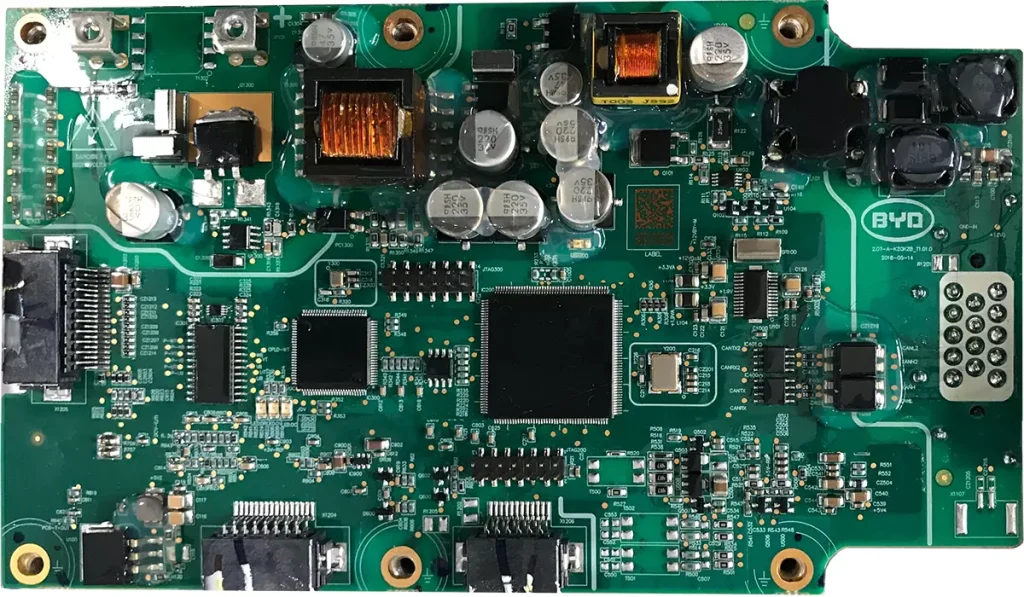
According to its functions and application scope, Energy Management Boards can be classified into multiple types. Here are some common classifications of Energy Management Board:
1. Switch Energy Management Board
The Energy Management Board controls the switching state of the power supply through switching components to regulate and protect the output voltage and current of the power supply. It has the characteristics of high efficiency, good stability, and fast response speed, and is widely used in various electronic devices.
2. Embedded Energy Management Board
Embedded Energy Management Board is a control board integrated into electronic devices or systems, characterized by compactness, high integration, and low power consumption. It typically integrates multiple functions and interfaces, enabling complex power control and management, and is suitable for fields such as embedded systems, smart homes, and the Internet of Things.
3. DC Energy Management Board
The DC Energy Management Board is mainly used for the control and management of DC power sources. It can monitor parameters such as voltage, current, and power input and output of the power supply, and adjust and protect them according to demand. The DC Energy Management Board is widely used in fields such as communication equipment, industrial automation, and electronic experiments.
4. Variable frequency Energy Management Board
Variable frequency Energy Management Board is a device used for controlling and regulating AC power sources. It can adjust the output frequency of the AC power supply, thereby achieving precise control of the AC motor and driver. The variable frequency Energy Management Board plays an important role in motor control and industrial automation.
5. Intelligent Energy Management Board
The intelligent Energy Management Board integrates advanced control and management functions, which can achieve intelligent control and optimization of power supply through intelligent algorithms and sensors. It can adaptively adjust according to the working status and load requirements of the device, and provide more efficient and reliable power support.
The above are just some common classifications of Energy Management Boards, and there are other types of Energy Management Boards depending on specific application and functional requirements. With the continuous advancement of technology and the expansion of applications, the Energy Management Board will continue to develop and innovate, providing more stable and efficient power management and control solutions for various electronic devices and systems.
